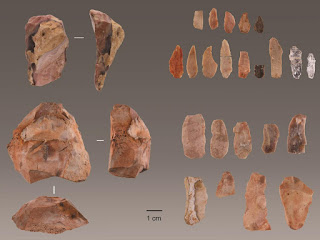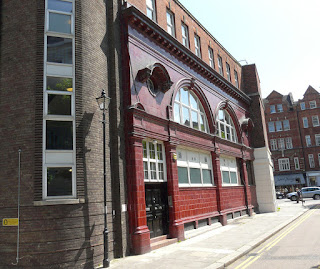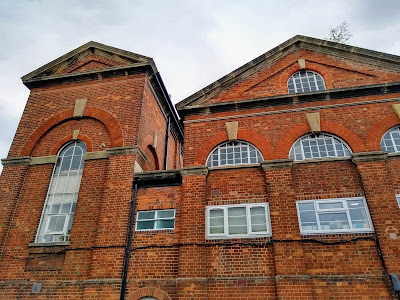News from the wires: Modern humans reached westernmost Europe 5,000 years earlier than previously known

This is the first in what I hope will be a regular series highlighting new history and archaeology research from around the world, the common denominator being that I find them particularly interesting! New research provides definitive evidence that modern humans were on the Atlantic coast of modern-day Portugal at a time when, if present at all, Neanderthal populations would have been extremely sparse. The discovery has important ramifications for our understanding of the process of modern human dispersal and replacement of Neanderthal populations. The results support a very rapid, unimpeded dispersal of modern humans across western Eurasia and support the notion that climate and environmental change played a significant role in the process. According to the findings, modern humans probably arrived in the westernmost part of Europe 41,000 - 38,000 years ago, about 5,000 years earlier than previously known. An international team of researchers revealed the discovery of stone tools used


